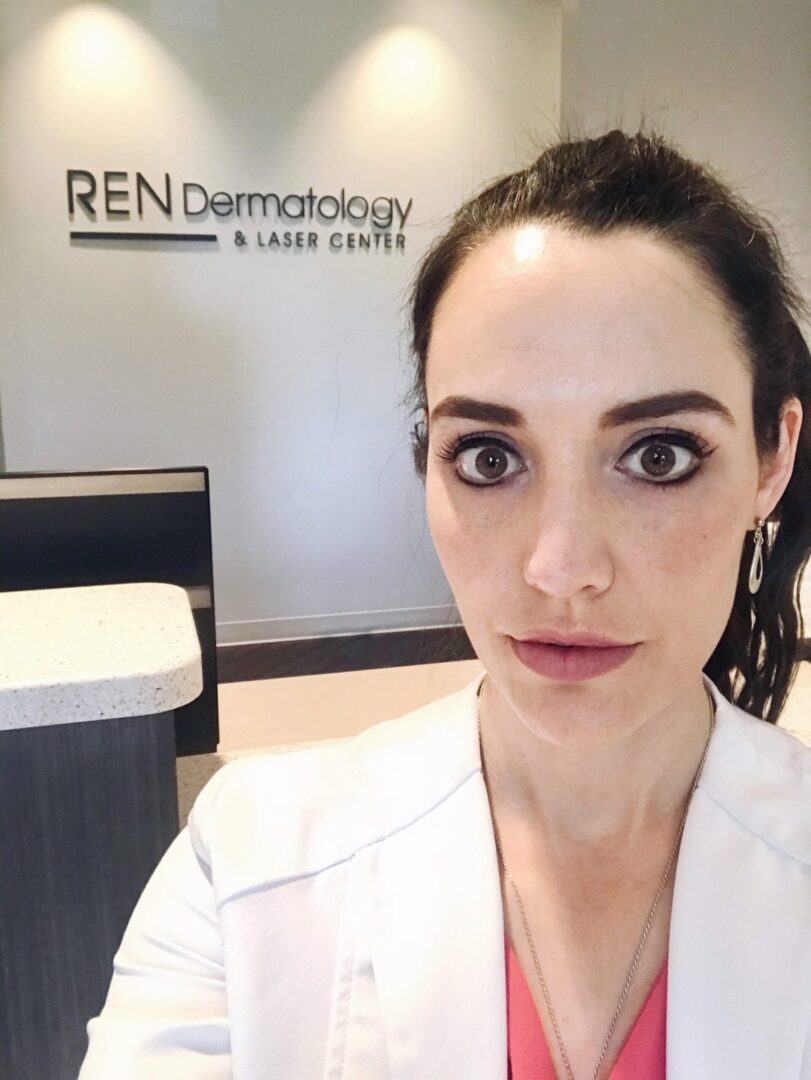Dr. Anna Land was recently featured in a local news report about COVID-19 and skin related symptoms. Read the transcript below or watch the full interview here.
Check your skin: ‘COVID toes’ and other unusual skin changes being seen in some with coronavirus
NASHVILLE, Tenn. (WKRN) — We’re learning new characteristics of COVID-19 just about every day, including different symptoms associated with the virus.
The common symptoms include cough, fever, and shortness of breath. But more unconventional symptoms are capturing the attention of doctors, including gastrointestinal symptoms, loss of taste and smell, and now some skin changes, which is not uncommon for viruses.
“The most common would be a kind of a classical viral eruption, and that tends to look like pink and red bumps and blotches on the chest, stomach and sometimes on the extremities,” said Anna Land, MD, a board-certified dermatologist at REN Dermatology in Brentwood and Franklin.
Dr. Land said what is unusual about this novel coronavirus, is something being called “COVID toes”.
“As the name describes, that usually presents as typically painful, pink-red or purple bumps on the toes, sometimes on the fingers.” Dr. Land said.
Many people presenting with “COVID toes” don’t even have the upper respiratory symptoms normally associated with the virus.
“What’s interesting about this is they’re seeing this in young, otherwise healthy and asymptomatic patients,” Dr. Land said. “This could be the presenting sign of an underlying disease, so that’s really important to make a diagnosis early.”
Dr. Land said don’t wait to contact your physician if you notice these skin changes. Also, be aware there are also some less-common vascular skin symptoms being seen in some COVID-19 patients.
“This could look like bruising underneath the skin or little pinpoint blood spots, as well as a hive-like reaction or even a chickenpox-like rash, has been described,” Dr. Land said. “There is some thought this virus, in particular, is causing the obstruction of some of the blood vessels in the skin, which is what’s causing some of those vascular changes.”
Dr. Land said if you notice any changes to your skin, do not ignore it. You should contact your primary care physician, who may refer you to a dermatologist if needed. Dr. Land said they’ll likely be able to assess your skin via video chat and let you know if its something more severe that needs to be seen in the office.
Watch the full interview here.
Schedule an appointment at REN Dermatology here.

